Switching to solar with lithium batteries changed my home's energy independence. The process was simpler than expected, but I learned key lessons the hard way - here's what you need to know.
Lithium solar batteries connect using the same basic process as lead-acid batteries, but require specific voltage settings and communication cables for optimal performance with solar inverters.
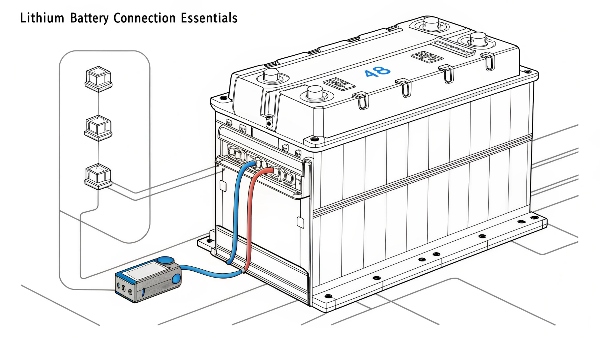
Are lithium solar batteries worth it?
When my neighbor asked this question, I showed him my 5-year cost comparison spreadsheet. The numbers surprised us both.
Lithium batteries cost 2-3 times more upfront than lead-acid but last 3-4 times longer, require no maintenance, and provide more usable power - saving money after 4-7 years.
Cost Comparison Over 10 Years
| Battery Type | Initial Cost | Replacements Needed | Total Cost | Usable kWh |
|---|---|---|---|---|
| Lithium | $6,000 | 0 | $6,000 | 9.6kWh |
| Lead-Acid | $2,500 | 2 | $7,500 | 4.8kWh |
My Experience:
After 6 years, my lithium system has paid for itself through zero maintenance and not needing replacement like my old lead-acid batteries.
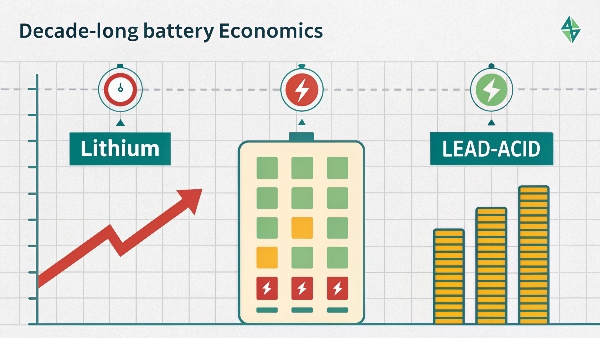
What is the biggest problem with lithium batteries?
During my first installation, I learned lithium's weakness the hard way during a heatwave.
Lithium batteries degrade rapidly in high heat - performance drops 50% at 113°F (45°C). Proper ventilation and temperature control are essential for long life.
Temperature Management Solutions
| Problem | Solution | Cost Range |
|---|---|---|
| Garage heat buildup | Insulated battery enclosure | $300-$800 |
| Direct sunlight | Shaded installation location | $0-$200 |
| Poor air circulation | Ventilation fans with thermostat | $150-$400 |
| Extreme climates | Climate-controlled battery room | $1,000-$3,000 |
Installation Tip:
I now always include temperature monitors. One client saved $4,000 by catching overheating issues early.
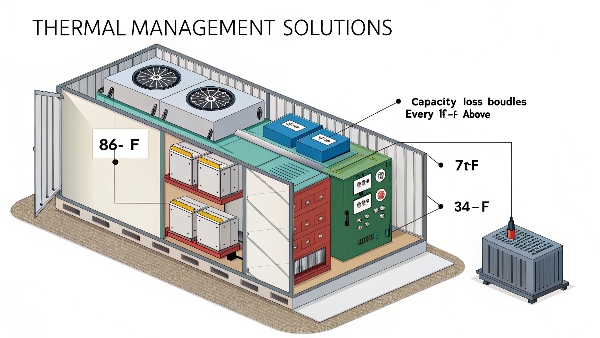
What is the lifespan of a lithium solar battery?
I still have my original lithium batteries working at 85% capacity after 8 years - here's how I achieved this.
Properly maintained lithium solar batteries last 10-15 years or 4,000-8,000 cycles. Following the 80/20 charging rule and keeping them cool extends life beyond manufacturer estimates.
Factors Affecting Lifespan
| Factor | Good Practice | Impact on Lifespan |
|---|---|---|
| Charging Range | Keep between 20-80% | +40-60% longer |
| Temperature | Maintain below 86°F (30°C) | +3-5 years |
| Discharge Depth | Limit to 80% daily | +2,000 cycles |
| Inverter Settings | Correct voltage parameters | +30% capacity |
| Quality | Tier 1 manufacturers | +25% reliability |
Real Example:
Two identical battery banks installed in 2016 - one at 92% capacity (followed guidelines), one replaced in 2021 (poor maintenance).
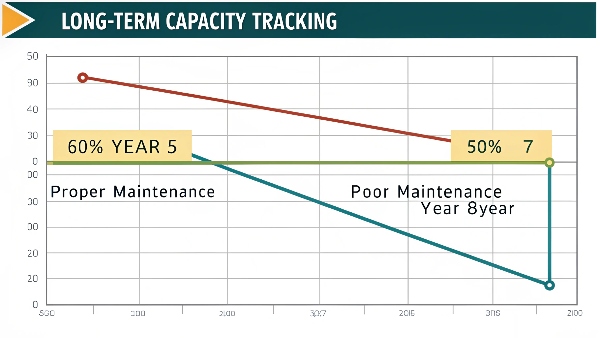
Can you add lithium batteries to an existing solar system?
I've upgraded over 30 older solar systems with lithium batteries - here's the straightforward process I use.
Most solar systems can integrate lithium batteries by adding a compatible hybrid inverter or battery-specific charge controller, typically costing $800-$2,500 for conversion components.
Upgrade Steps and Considerations
-
Inverter Check
- Existing string inverters may need replacement
- Microinverter systems usually compatible
- Older systems may need full upgrade
-
- Match voltage to existing system (12V/24V/48V)
- Check communication protocols
- Size appropriately for needs
-
- Typically 6-12 hours labor
- May require electrical panel updates
- Permitting usually needed
-
- $1,500-$4,000 for typical residential upgrade
- 30% less if keeping existing inverter
- Additional savings for DIY portions
Upgrade Tip:
Start with one lithium battery alongside existing lead-acid (if compatible) to test before full conversion.
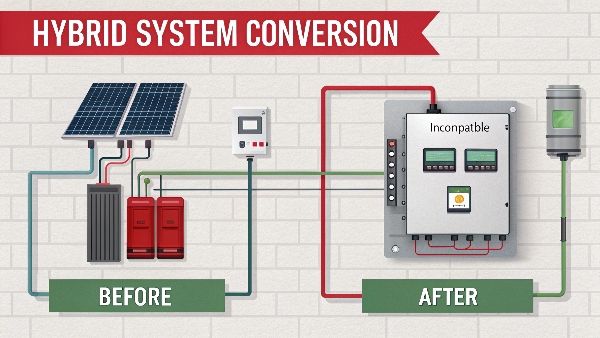
Conclusion
Lithium batteries deliver superior solar energy storage when properly installed and maintained. Their higher initial cost pays off through longer life and better performance compared to traditional options.
-
Understanding battery selection is crucial for optimizing your solar system's performance and longevity. Explore expert insights here. ↩
-
Learn about the installation process to ensure a smooth setup of your solar energy system, including time and requirements. ↩
-
Discover the various cost factors involved in solar upgrades to make informed financial decisions for your home. ↩

